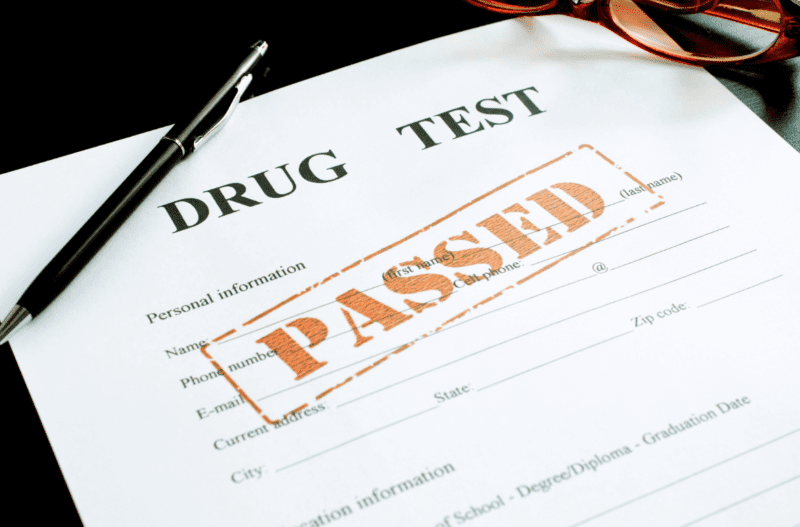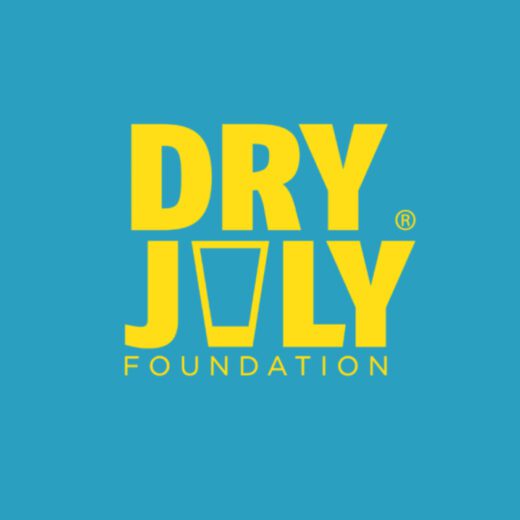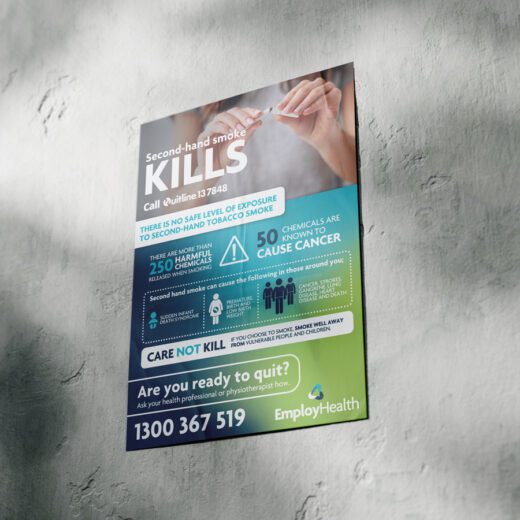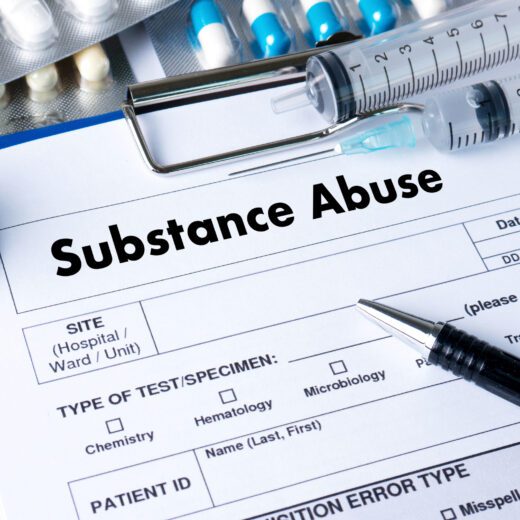
Mid-Year Health Check-Ins – Fit For Life
Give your team the reset they need with onsite wellness screening The middle of the year is the perfect time to check in, not just...
Read moreThe primary benefit of drug and alcohol testing is the potential to significantly reduce accidents and injuries in the workplace. Workers under the influence of drugs or alcohol are more likely to make errors in judgment that can lead to serious accidents, harming themselves and others.
Employees who are sober and drug-free are generally more capable of performing their tasks efficiently. A drug and alcohol testing program can help ensure that all employees are working at their best, which can lead to improved overall productivity.
Workplace accidents related to drug and alcohol use can be costly. These costs come in the form of medical care, legal fees, workers’ compensation claims, and lost work time. By reducing the incidence of accidents, businesses can lower these costs significantly.
Beyond preventing accidents, drug and alcohol testing programs can promote healthier lifestyles among employees. These programs often include support and resources for those struggling with substance abuse, helping them to seek treatment and recovery.

Establish clear, written policies about drug and alcohol use in the workplace. These should outline the rules, the consequences of violations, and the goals of the program, ensuring all employees understand the standards expected of them.
Implement regular and random testing procedures to deter substance use. This might include pre-employment screening, random testing, or testing when substance use is suspected after an accident.
Provide training for supervisors and education for all employees on the dangers of drug and alcohol use. Include information on how to recognize the signs of substance abuse and the steps to take if they suspect someone is impaired.
Offer support for employees who struggle with substance abuse, such as access to counseling services or assistance programs. This not only helps individuals but also fosters a supportive workplace culture.
Ensure that your testing program complies with local, state, and federal laws regarding privacy, discrimination, and employment. Legal consultation is crucial to design a program that respects employees’ rights while safeguarding the workplace.
Workplace drug and alcohol testing programs are not just about compliance or monitoring; they are about creating a safer, more productive, and healthier work environment. By understanding the risks and implementing a structured approach, businesses can protect their workforce and ultimately their bottom line.

Give your team the reset they need with onsite wellness screening The middle of the year is the perfect time to check in, not just...
Read more
Why regular training is key to a safer, stronger workforce Manual handling injuries are one of the most common—and preventable—workplace hazards in Australia. Whether your...
Read more
How employers can support prevention, early detection, and healthier teams Diabetes is one of Australia’s fastest-growing chronic health conditions, and its impact reaches well into...
Read more
Every July, thousands of Australians take a break from alcohol to raise funds for people affected by cancer. But Dry July isn’t just a...
Read more
Safeguarding sensitive workplace data is no longer optional, it is essential. With cyber threats on the rise and regulatory changes looming, Australian businesses must...
Read more
Navigating the Rising Threat Landscape In today’s digital age, data security has become a paramount concern for Australian businesses. The increasing frequency and sophistication of...
Read more
What They Are and How to Manage Them in Your Workplace Mental health and wellbeing have become essential conversations in modern workplaces – not just...
Read more
Ways Your Business Can Make a Difference This June June is Women’s Health Month, a time to recognise, celebrate, and support the health and wellbeing...
Read more
May is Addiction Awareness Month—a time to shine a light on the habits and dependencies that affect the health, wellbeing, and performance of workers...
Read more
Manual handling is a part of everyday work across countless industries – from construction and warehousing to healthcare and hospitality. But it’s also one...
Read more
Drug and alcohol use in the workplace is more than just a safety issue—it’s a health, productivity, and culture concern. Having a structured workplace...
Read more
Quitting smoking is one of the most impactful health decisions a person can make—but it’s not easy to do alone. As a business, the...
Read moreCan’t find what you’re after?
View all articles